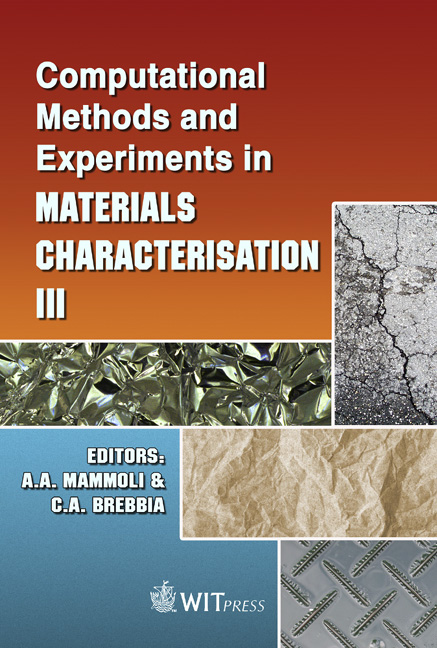The Properties And Performance Of Polymer Fibre Reinforced Bituminous Mixtures
Price
Free (open access)
Transaction
Volume
57
Pages
11
Published
2007
Size
1,584 kb
Paper DOI
10.2495/MC070071
Copyright
WIT Press
Author(s)
I. Kamaruddin & M. Napiah
Abstract
The low tensile strength of bituminous mixtures has been recognized as a source of its poor performance, particularly that which relates to cracking. Laboratory investigations into improving their tensile properties have been performed utilizing polypropylene and polyester fibres which were added to Hot Rolled Asphalt (HRA) bituminous mixtures as partial replacement of Ordinary Portland Cement (OPC) used as the filler material. The incorporation of the polymer fibres into the bituminous mixtures altered the rheological properties and behaviour of the resulting binder whilst resulting in a higher optimum bitumen content for the mixture. Laboratory tests showed that the fibres reduced the density, stability and stiffness of the resulting mixture while increasing its porosity and permeability. Bituminous mixtures containing the fibres displayed lower susceptibility to moisture induced damage. Even though these mixtures have a higher void content than the base mixture, the additional bitumen in the fibre mixtures increased the film thickness on the aggregate particles thus affording greater protection from moisture. The addition of the fibres into the bituminous mixtures caused a slight decrease in the tensile strength and a slight increase in the tensile strain (elongation) at failure, indicating that the additional bitumen added flexibility or extensibility to the mixtures. This was manifested in the higher toughness and energy that was obtained in the mixtures, thus improving its resistance to cracking. This was supported by the fatigue tests which showed improved fatigue performance of the mixtures. The fatigue properties of the fibre mixtures were not enhanced at low strain levels; but at high strain levels, the fibre mixtures provided a far superior performance than the base mixture, making it appealing for use as a base-course in highway construction.
Keywords





